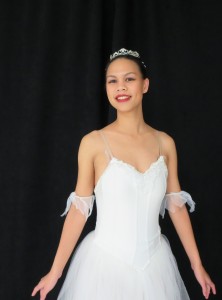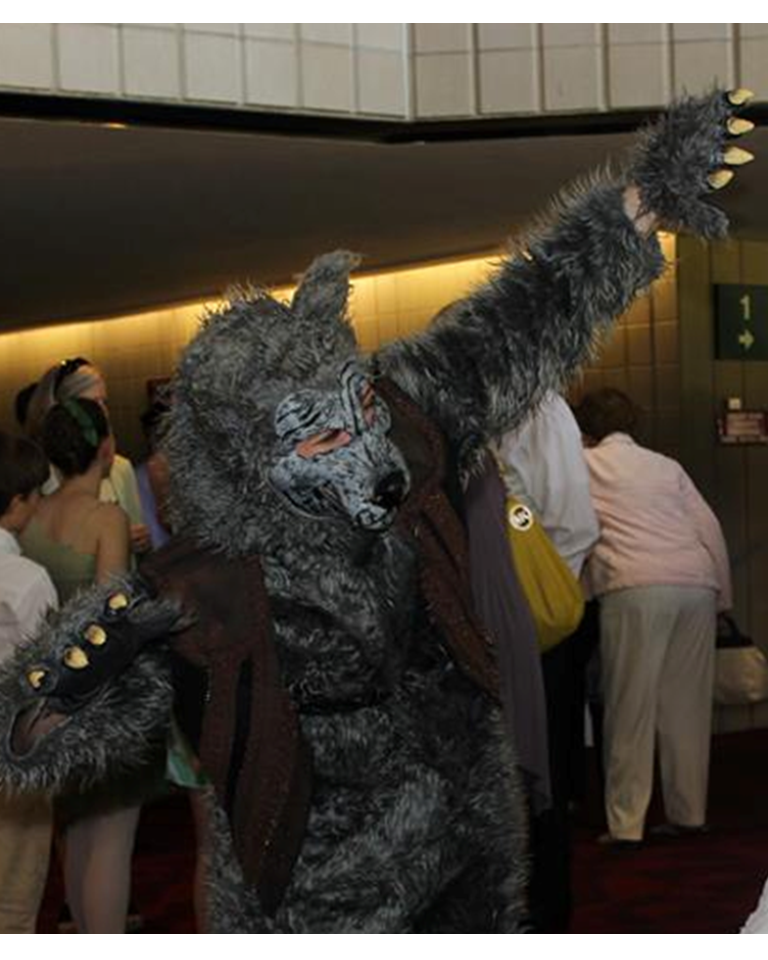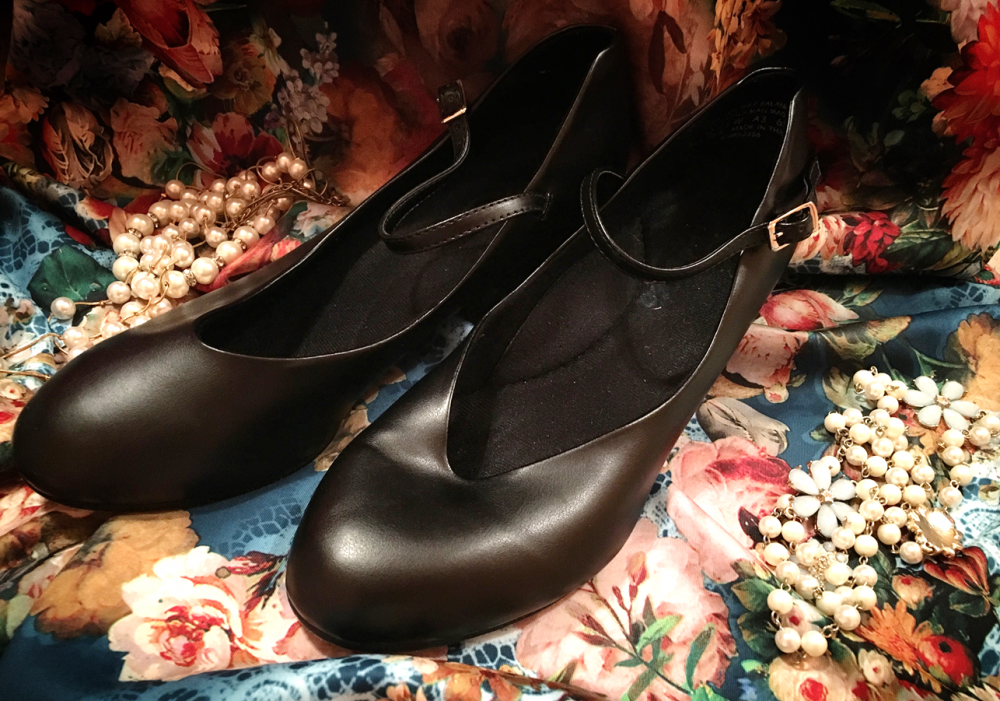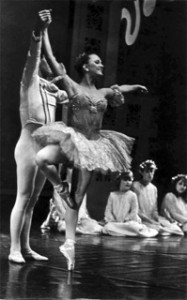Didn’t catch World Ballet Day? Did you have to work through part of it (I unfortunately did). Or if you just want to re-watch it, you can now watch The Australian Ballet, The Royal Ballet, and the National Ballet of Canada’s videos on YouTube:
The Australian Ballet:
Royal Ballet:
National Ballet of Canada:




 This week’s profile of Terez Mertes of
This week’s profile of Terez Mertes of 

